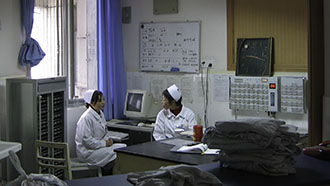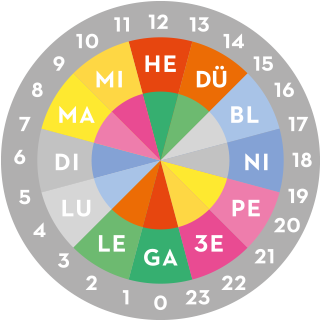Medizin und T.C.M.
In my opinion orthodox medicine and complementary healing methods do not contradict each other, on the contrary, they complement each other like Yin and Yang.
We need both principles at different times. Leading a meaningful lifestyle becomes a philosophy of life!
Similarities between the two systems
The most significant similarity is the common origin of OM and CAM. Both systems emerged out of shamanic traditions where illnesses are seen as demons that befall people and fasten themselves onto particular parts of the body. Remarkably, many remnants of such imagery can still be found in the language of our modern, enlightened society – “pain in the neck” is a popular example in English, “die Wut im Bauch, ihm ist etwas über die Leber gelaufen” (“the anger in the pit of one’s stomach, something ran over his liver”) are commonly used German idioms
It was in the 19th Century that the paths of TCM and western medicine started to diverge.
Under the influence of the Enlightenment and empiricism, cellular pathologist Virchow (1850) formulated the theory that illnesses are found in the structures of cells, thus leaving the holistic path by focusing increasingly on detail. Growing fondness for experiments and, eventually, fundamental research spurred on the development of OM leading to numerous discoveries and the establishment of new treatments from which we are all benefiting today.
Differences between the two systems
|
Orthodox Medicine (OM)
|
T.C.M.
|
„YANG is dynamism at the expense of harmony, YIN is stagnation at the expense of progress.” (Bertrand Russell)




